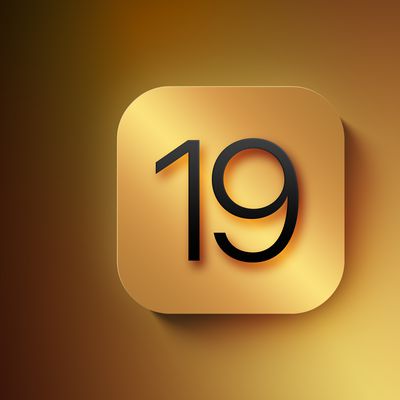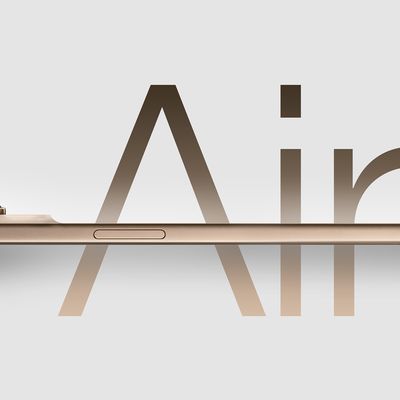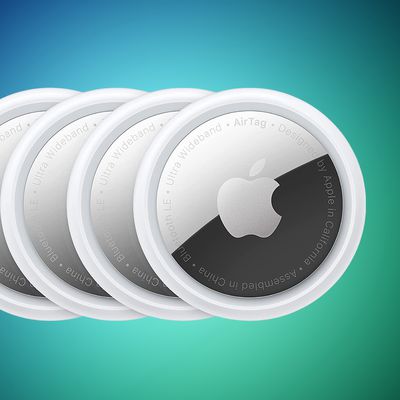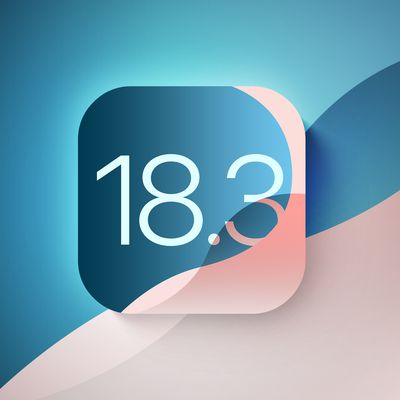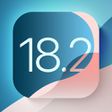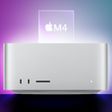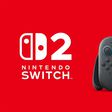Apple Updates Mountain Lion Developer Preview With New Security Features
Apple has issued a new update for Mountain Lion Developer Preview 4 via the Mac App Store. It was first noticed by Twitter user @Lhunar and introduces the new Mountain Lion Security Update system.
The new system does daily checks for security updates as Apple ramps up its security protocols in the next-generation operating system. Earlier this month, it was noticed that Apple had changed the language on its OS X marketing pages following the Flashback malware attack earlier this year.
The new security system in Mountain Lion -- including Gatekeeper and other features -- appears to be a significant expansion of the XProtect system that Apple has used in the past to try to thwart OS X malware.

OS X Security Update Test 1.0 -- Restart Required
This update tests the new Mountain Lion Security Updates system. The new system includes:
- Daily Checks for required security updates
- The ability to install required security updates automatically or after restarting your Mac
- A more secure connection to Apple's update servers.
This update includes general updates and improvements to Mountain Lion Developer Preview 4.
The update weighs in at 1.16GB and is available to developers with Mountain Lion DP4 installed via the Mac App Store.
Popular Stories
iOS 19 is still around six months away from being announced, but a new leak has allegedly revealed a completely redesigned Camera app.
Based on footage it obtained, YouTube channel Front Page Tech shared a video showing what the new Camera app will apparently look like, with the key change being translucent menus for camera controls. Overall, the design of these menus looks similar to...
Apple on late Saturday removed TikTok from the App Store in the U.S., and it has now explained why it was required to take this action.
Last year, the U.S. passed a law that required Chinese company ByteDance to divest its ownership of TikTok due to potential national security risks, or else the platform would be banned. That law went into effect today, and companies like Apple and Google...
A leaker known as "Majin Bu" today shared an alleged image of a component for the rumored, ultra-thin "iPhone 17 Air" model.
The blurry, pixelated image shows a pair of rear iPhone shells with a pill-shaped, raised camera bar along the top. On the left side of the bar, there is a circular cutout that appears to be for a single rear camera. On the right side of the bar, there appears to be an ...
A new iPhone SE is widely rumored to launch this year, and the device has potentially been confirmed today by known leaker Evan Blass.
In a private social media post, Blass shared an image of what appears to be source code mentioning an iPhone SE (4th Gen), which casts doubt on the alternative "iPhone 16E" name rumored for the device. However, the name in the source code could be a...
After a four-year wait, a new AirTag is finally expected to launch in 2025. Below, we recap rumored upgrades for the accessory.
A few months ago, Bloomberg's Mark Gurman said Apple was aiming to release the AirTag 2 around the middle of 2025. While he did not offer a more specific timeframe, that means the AirTag 2 could be announced by the end of June.
The original AirTag was announced...
iOS 19 will not drop support for any iPhone models, according to French website iPhoneSoft.fr.
The report cited a source who said iOS 19 will be compatible with any iPhone that can run iOS 18, which would mean the following models:
iPhone 16
iPhone 16 Plus
iPhone 16 Pro
iPhone 16 Pro Max
iPhone 15
iPhone 15 Plus
iPhone 15 Pro
iPhone 15 Pro Max
iPhone 14
iPhon...
In September, Apple said that it would be launching Powerbeats Pro 2 in 2025, and it appears the wireless earbuds are coming very soon.
Powerbeats Pro 2 images found in iOS 18 code
In his Power On newsletter today, Bloomberg's Mark Gurman said the Powerbeats Pro 2 are "due imminently." In addition to Apple filing the Powerbeats Pro 2 in regulatory databases last month, Gurman said Apple is...
Apple provided the third beta of iOS 18.3 to developers today, and while the betas have so far been light on new features, the third beta makes some major changes to Notification Summaries and also tweaks a few other features.
Notification Summary Changes
Apple made multiple changes to Notification Summaries in response to complaints about inaccurate summaries of news headlines.
For...



